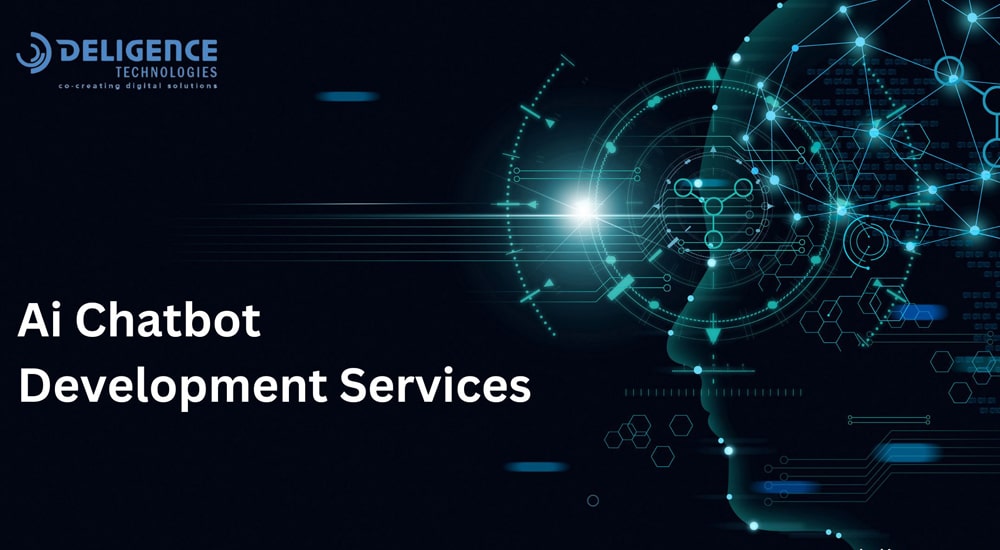
In today's fast-paced digital landscape, businesses are constantly seeking innovative solutions to enhance customer engagement, streamline operations, and drive growth. One powerful tool that has emerged is ChatGPT, an advanced AI language model capable of understanding and generating human-like text. Integrating ChatGPT into your business processes can revolutionize how you interact with customers and manage tasks. This article explores the benefits and implementation of ChatGPT integration services.
What is ChatGPT?
ChatGPT is a product of OpenAI, designed to facilitate natural language understanding and generation. With its ability to comprehend context, answer questions, and assist users in real-time, ChatGPT can serve as an invaluable asset across various sectors. From customer service and sales to content creation and data analysis, the applications are vast and varied.
Benefits of ChatGPT Integration
1. Enhanced Customer Support
Integrating ChatGPT into customer service channels allows businesses to provide instant responses to inquiries. This reduces wait times, improves customer satisfaction, and allows human agents to focus on more complex issues. ChatGPT can handle FAQs, troubleshoot problems, and even guide customers through processes.
2. 24/7 Availability
With ChatGPT, businesses can ensure round-the-clock support. Unlike traditional customer service representatives, AI doesn’t require breaks or time off, providing consistent service that meets the needs of customers regardless of the hour.
3. Cost Efficiency
By automating routine tasks and inquiries, companies can significantly reduce operational costs. ChatGPT can handle a large volume of interactions simultaneously, minimizing the need for extensive customer support teams.
4. Personalization
ChatGPT can analyze customer data to deliver personalized experiences. Whether it’s recommending products based on past purchases or tailoring responses based on user preferences, the AI’s capability to adapt improves customer engagement and loyalty.
5. Scalability
As businesses grow, so do their customer service needs. ChatGPT integration allows for seamless scaling without the need for extensive training or hiring. The AI can handle increased volumes of inquiries as your business expands.
Implementing ChatGPT Integration Services
Step 1: Define Objectives
Before integration, businesses should outline their goals. Are you looking to improve customer support, automate internal processes, or enhance marketing efforts? Clear objectives will guide the integration strategy.
Step 2: Choose the Right Platform
Select the platform where ChatGPT will be deployed. Options include websites, social media channels, and messaging apps. Ensure that the chosen platform aligns with your target audience’s preferences.
Step 3: Customize and Train
While ChatGPT comes with pre-trained capabilities, customizing the model for your business needs is crucial. This includes training it with relevant data, industry-specific terminology, and brand voice to ensure accurate and coherent interactions.
Step 4: Monitor and Optimize
Post-integration, it’s essential to monitor performance metrics. Analyzing user interactions helps identify areas for improvement, ensuring that the AI continues to meet customer needs effectively.
Step 5: Gather Feedback
Encourage users to provide feedback on their interactions with ChatGPT. This data is invaluable for refining responses, enhancing user experience, and building trust in the AI’s capabilities.
Conclusion
ChatGPT integration services present a transformative opportunity for businesses aiming to enhance customer interactions and streamline operations. By harnessing the power of AI, companies can provide exceptional support, improve efficiency, and foster deeper connections with their customers. As technology continues to evolve, integrating ChatGPT is not just an advantage but a necessity for businesses looking to thrive in a competitive landscape. Embrace the future of communication and unlock your business’s potential with ChatGPT integration services.





